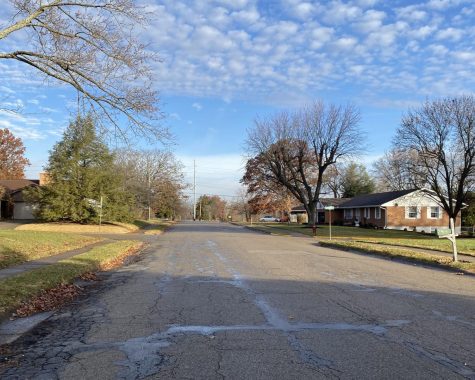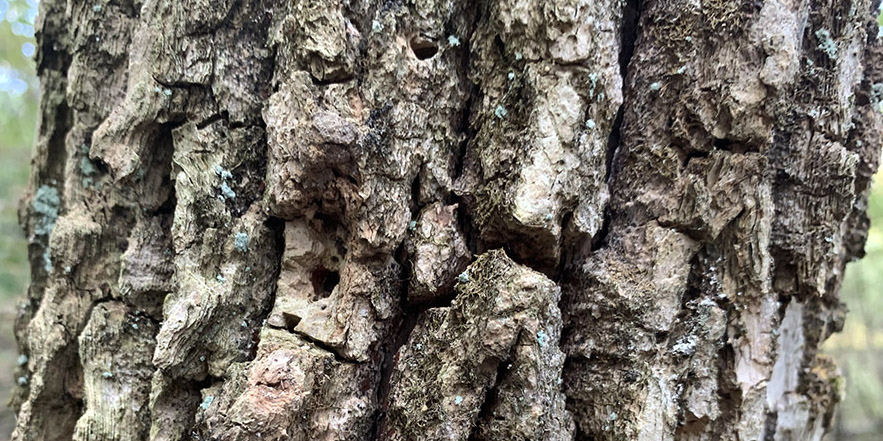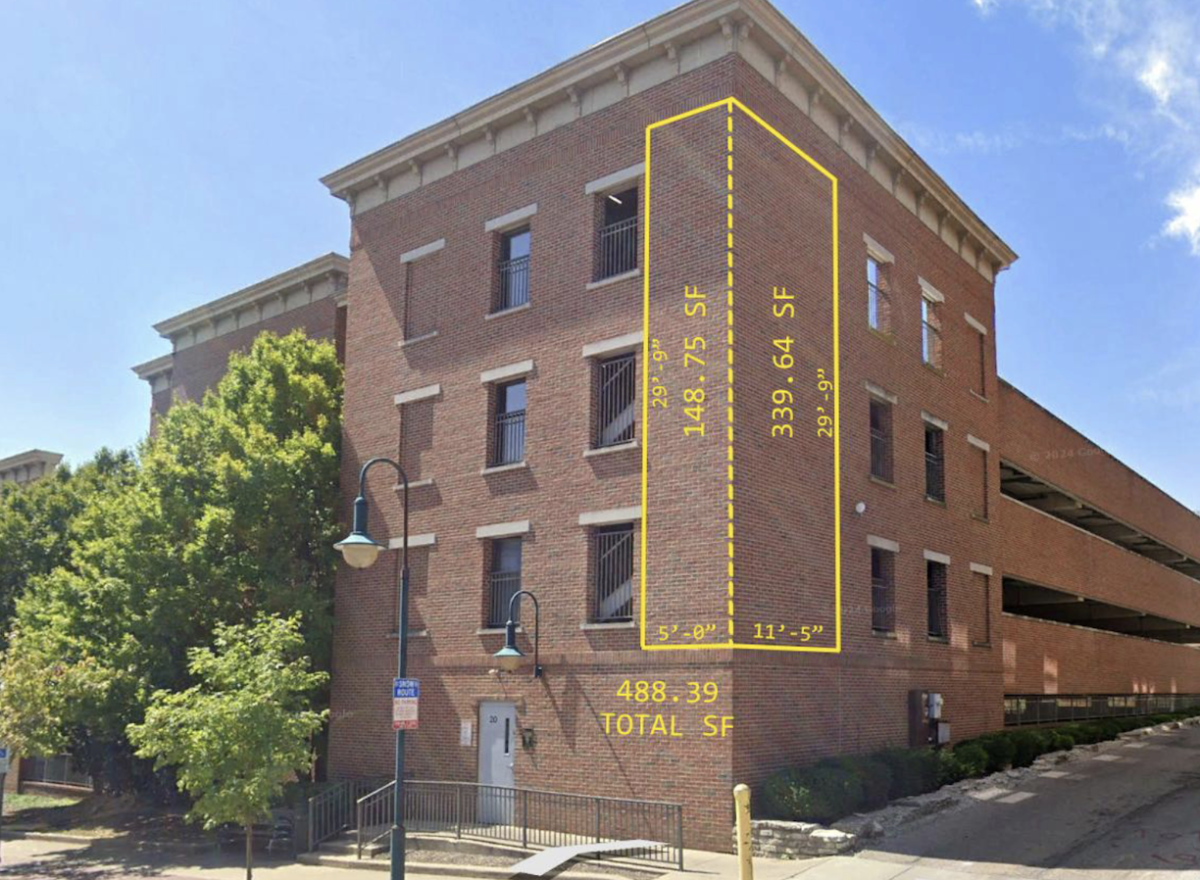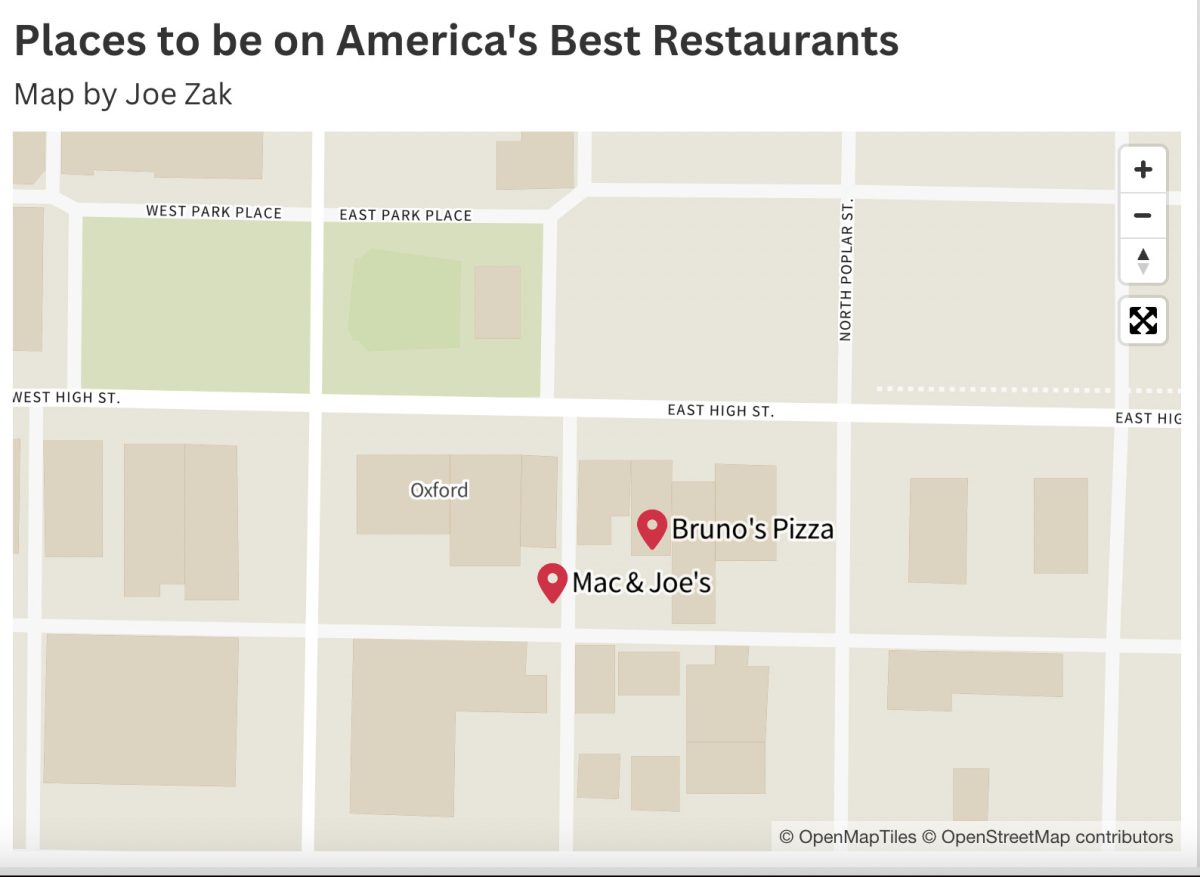Oxford receives grant to plant 50 trees in 2022
Emerald ash borers, tiny beetles that kill trees by drilling tiny holes through the bark, as seen here, killed at least 10,000 trees in Ohio during the early 2000s, including many in Oxford.
December 3, 2021
The City of Oxford will plant about 50, two-inch in diameter trees along its streets after receiving funding from the Ohio Department of Natural Resources (DNR) Urban Canopy Restoration Grant in late November.
“We received a reimbursement grant,” said David Treleaven, Oxford’s Environmental Specialist. “It’s a 50/50 grant so we’ll have to spend $20,000 on tree planting and after the job has been done we will get $10,000 back.”
This is the third time the city has received a tree-planting grant, once in 2003 and again in 2010, to help offset the cost of the city’s existing Urban Forestry program.
About half of the trees will be planted in the Spring of 2022, while the rest will be planted in the Fall of 2022, according to the grant application.
Under the urban forestry program, Oxford cares for and is responsible for 3,000 street, park and public trees, not including trees in wooded areas that fall under the city’s responsibility. The city plants new trees, removes dying or dangerous trees and maintains existing trees with chemical treatments and pruning.
According to Treleaven, the city allocates just over $30,000 in the general fund to cover funding and labor expenses of the forestry program. This grant will match up to $10,000 to be placed back into the general fund.
All 50 trees will be planted along roads in the northwest portion of the city, specifically College Corner Pike, Northridge Drive, Brown Road, and Fieldcrest Avenue, where the social vulnerability score is considered high, said Treleaven.

According to the Centers for Disease Control and Prevention, Social vulnerability measurement was developed as a means to allocate resources to different communities. Several factors, including socioeconomic status, household composition and housing conditions can affect a community’s access to clean natural resources like air and water.
“This grant incorporated an environmental justice component and with that, there is a social vulnerability index and that works into the economics and environment of an area,” said Treleaven.
The U.S Environmental Protection Agency’s Environmental Justice Screening indicates an elevated population, percentiles for particulate matter, ozone concentration, emissions, cancer risk and respiratory hazard index in this area, too.
The Ohio DNR began the Urban Canopy grant to offset significant damage caused by invasive insects, disease, weather events and development pressures.
Oxford, considered a “Tree City” by the Arbor Day Foundation since 1996, has an unofficial goal of planting 1.5 trees for every tree removed, said Treleaven.
The most common tree to be removed is the ash tree, after falling victim to the emerald ash borer, an invasive beetle species native to Asia, about 20 years ago. The bugs bore into the wood of the trees and slowly destroy them.
“We’re mostly done with the removal of the dead ashes,” Treleaven said. “We now use a systemic pesticide, applied to the exterior of the trunks with a low-pressure spray, annually in the spring to protect against the emerald ash borer.”
According to the DNR’s website, the state of Ohio lost more than 10,000 trees, totaling an estimated $9.3 million loss during the height of the emerald ash borer infestation in the early 2000s.
Treleaven said the city began an emerald ash borer management program back in 2009, where they were able to save about 160 young trees from the insects with the chemical treatments.
Other trees in the city are removed when 30-50% of their branches are damaged, as this typically kills the tree and becomes a danger to residents and their property, according to Oxford’s website.
Aside from the city’s efforts to maintain Oxford’s forestry, community members also help where they can. Recently the Miami Valley Audubon Society donated three trees, planted by Shademakers garden center, along Bonham Road to contribute to the city’s urban forestry efforts.
“Being a tree city for 25 years really shows the value our city and citizens place on the woodland and urban forestry,” Treleaven said.














